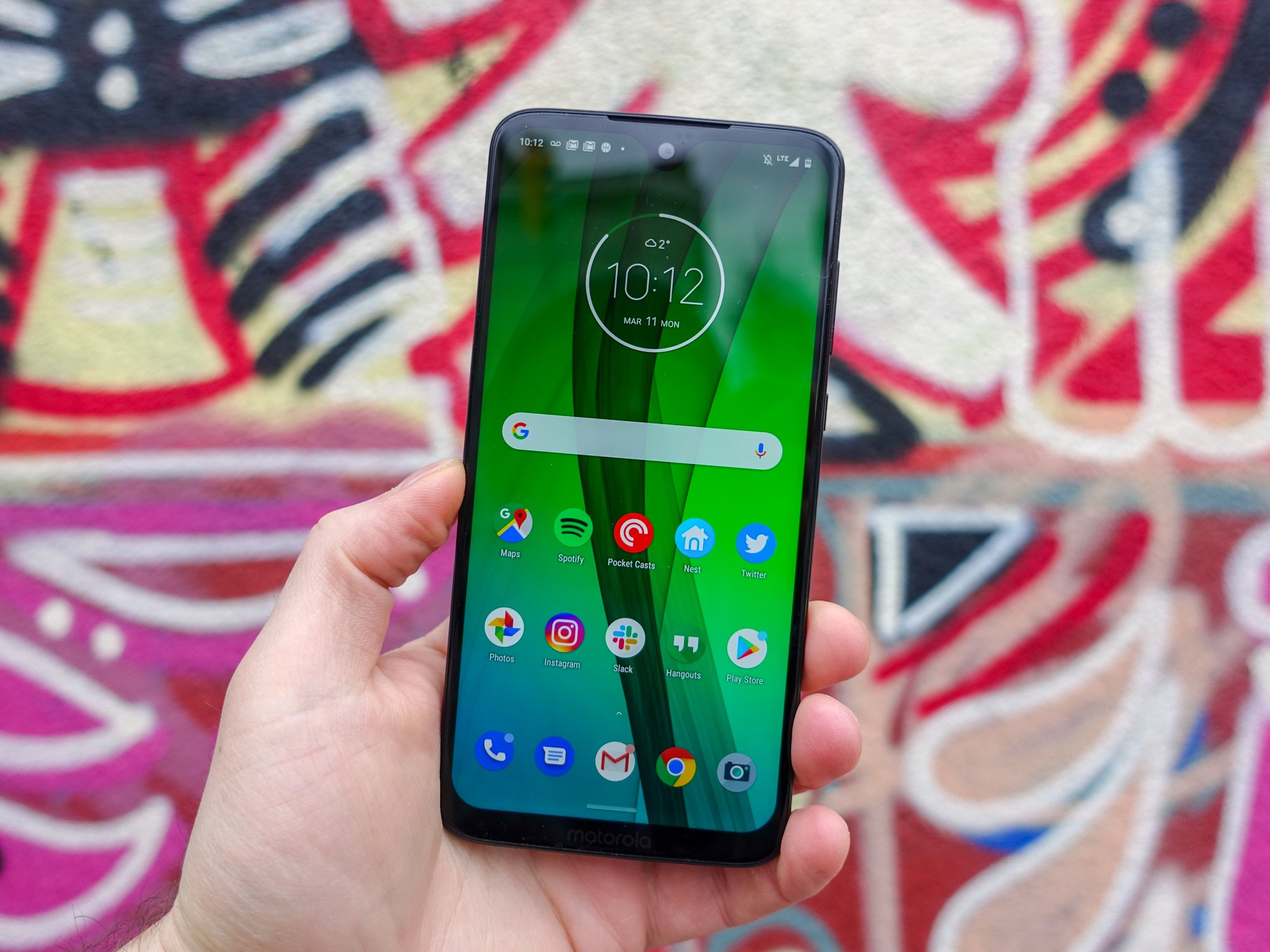Every year around this time, I put a new Moto G phone in my pocket, and it usually replaces the newest Galaxy that got put in there a few weeks earlier. It's an unenviable position to be in (though being inanimate it can't possibly know that), but I'm always impressed with how little I have to sacrifice to make the switch.
The Moto G7 is Motorola's latest flagship pretender but, like the Galaxy S10 it's replacing, the formula is so familiar, so predictable, that I'll just cut to the chase. If you're in North America, there isn't a better $300 you can spend on a phone right now.
The Good
- Great build quality
- Attractive teardrop notch design
- Decent camera quality
- Works on all four U.S. carriers
- Moto Display!
The Bad
- Underpowered graphics chip
- Lack of NFC is a problem
- Software updates are anemic
Putting the 2019 Gs in place
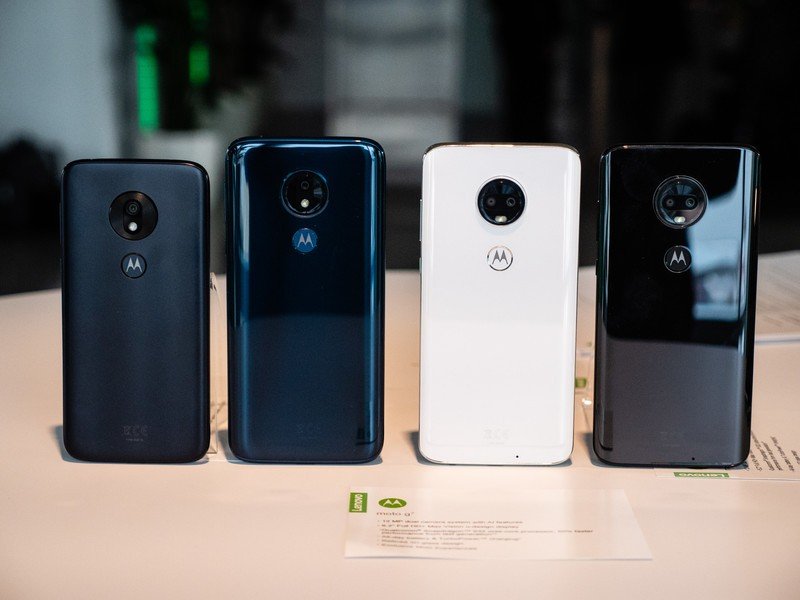
If you've used a Moto G phone at all since its debut in 2013, you've likely seen a steady progression towards making it look and feel much more like the premium segment it's trying to emulate. Motorola's done a pretty good job doing that since 2017's Moto G5 Plus, which was all-metal, and has evolved the design language of last year's glass-covered Moto G6 with this year's product.
It's hard to believe that six years later the Moto G could pass for a phone twice its price.
Before we get too far into the weeds, we're seeing four Moto G7 variants this time around — The $199 G7 Play, the $249 G7 Power, the $299 G7 (this one), and the not-available-in-the-US €299 G7 Plus — but this is the one that I'd recommend to most people except for two specific reasons, which I'll get to later. The proliferation of the Moto G line has been slow and steady — the fourth-gen had a regular model and a Plus, the fifth and sixth a regular, Plus, and Play. And now a battery-centric Power has been added to the mix. This is potentially confusing, in no small part because all four models are more similar than any previous generation.
But they're also priced in a relatively straightforward way, and you can feel comfortable knowing that whichever G7 model you get, you'll be pretty happy.
Plenty to like here
What I love about the Moto G7
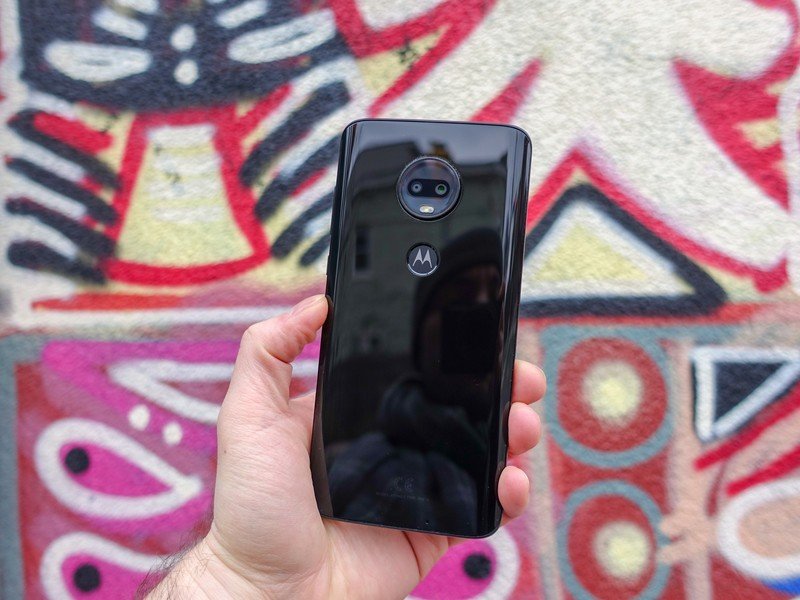
| Category | Moto G7 |
|---|---|
| Operating System | Android 9 Pie |
| Display | 6.2-inch IPS LCD2270x108019:9 aspect ratio |
| Processor | Snapdragon 632 1.8GHz octa-coreAdreno 506 GPU |
| Storage | 64GB |
| Expandable | Yes |
| RAM | 4GB |
| Camera | 12MP, ƒ/1.8 Dual Autofocus Pixel |
| Battery | 3000mAh |
| Charging | USB-C15W TurboPower charging |
| Dimensions | 157 x 75.3 x 8 mm |
| Weight | 172 g |
| Colors | Ceramic Black, Clear White |
| Price | $299 |
Unlike the move from G5 to G6, there's no significant design overhaul with this year's Gs. The Moto G7 is a big phone, with a 6.2-inch 1080p panel that can almost get away with being called "edge-to-edge." There's a small teardrop notch in the IPS panel's center that's anything but distracting, and even forgives the sizeable chin below the screen — one that I appreciate because it makes typing a bit easier by raising the position of the keyboard.
While everything I love about the Moto G7 has to be worked through a filter of "it costs $300," the screen is objectively good. It has nice, vibrant colors and acceptable viewing angles, and the touch responsiveness is similarly excellent. My only complaint is a bit of ghosting while scrolling, but it's not severe enough to be a distraction. The screen also works wonders for my still-favorite-after-all-these-years Motorola-only feature, Moto Display, which somehow has yet to be surpassed by any competitor's always-on display. This feature debuted in 2013 and has barely changed in six years, and yet because it was so thoughtfully designed even back then it's stood the test of time. Remarkable.
The G7 is also really well made. There's no metal to be found in the frame here, but that's no detriment thanks to whatever grippy resin has been installed over the polycarbonate. The front and back are adorned with Gorilla Glass 3, which may not be as scratch resistant as the modern variants, but it'll do the job unless you smash the thing to bits on concrete (a situation few phones can actually survive).
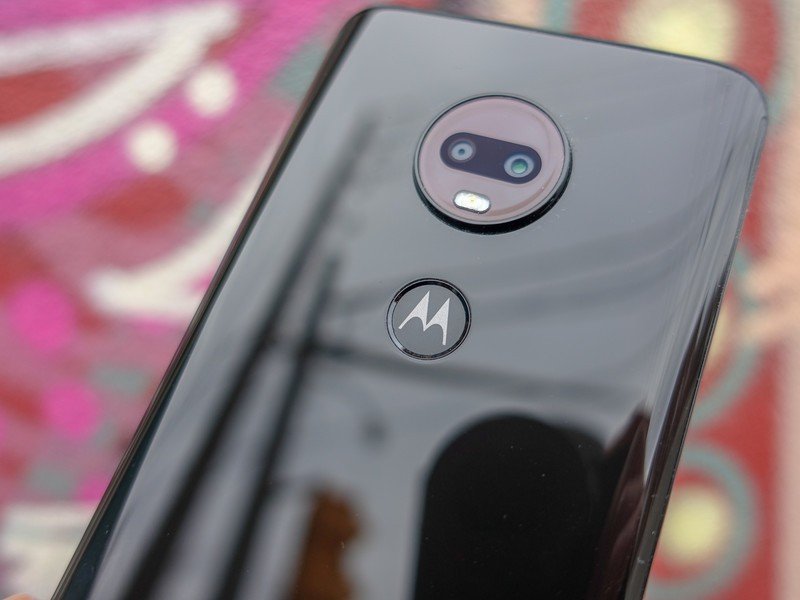
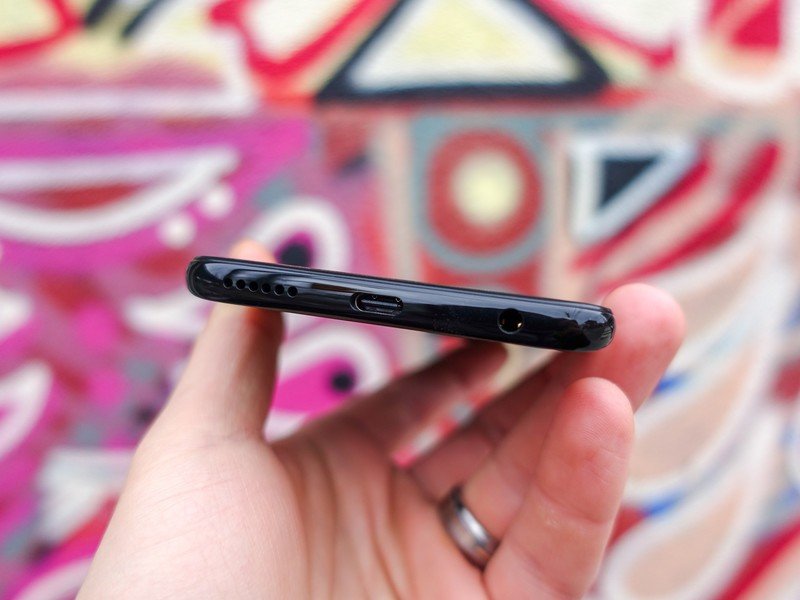
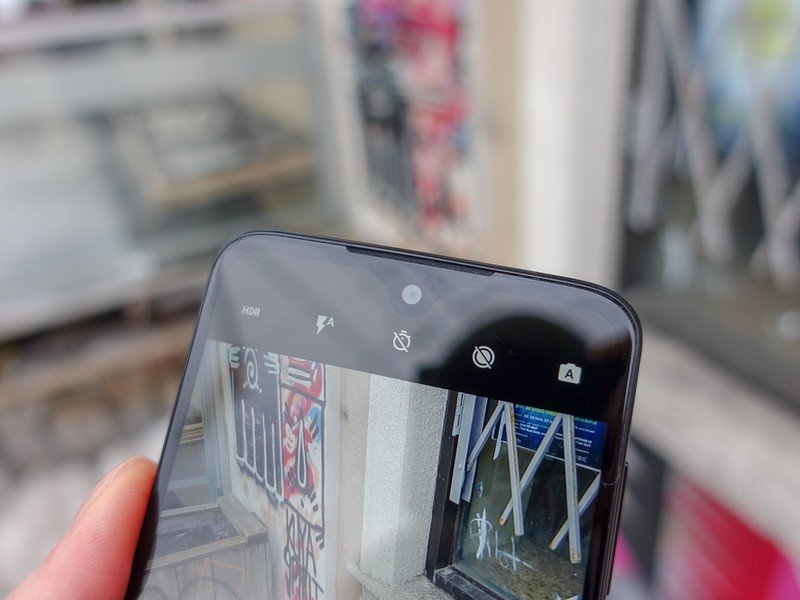
I'm also impressed with the design. The curved back is less rounded than the G6, which makes it easier to grip — a pleasure, given the phone's additional height. As I've been hoping for years, the G7's fingerprint sensor has migrated to the back of the phone, nestled in the "Batwing" Motorola dimple. Perfectly placed, and perfectly free of gimmicks.
From the haptics to the design, the Moto G7 gives a really good first impression. Even better, the great experience continues the longer you use it.
Having directly come from reviewing the Galaxy S10, using a rear-mounted fingerprint sensor again feels like a present. There's also camera-based face unlock which, honestly, works faster than most phones three times the price. It's not secure, but damn is it a treat to use.
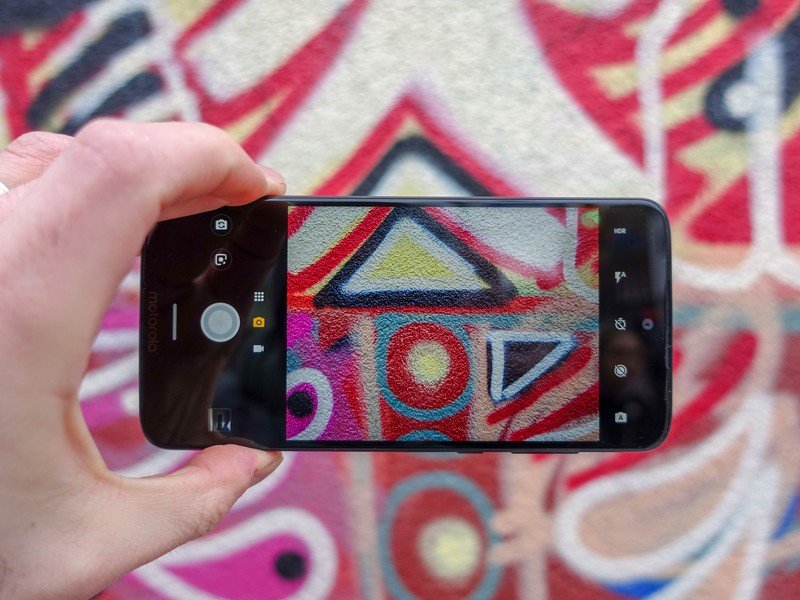
I'm similarly impressed with the rear camera, which appears unchanged from the G6: you have a 12MP main sensor with an f/1.8 aperture and a second lens for depth. I'd avoid using portrait mode or any of the hijinks that are enabled by the second camera — Motorola still has a lot of work to do in the computational photography department — but as a reliable outdoor and moderately-lit indoor camera, it's at the top of the heap for this price range.
The camera is better than you'd expect at this price point, though performance is occasionally a problem.
You can still do the effortless double-twist-to-open-camera gesture from any app, another holdover from Motorola's Google-owned days, and I generally found the redesigned Moto camera app to be intuitive, reliable, and stable. Low-light still poses a problem for this 1/2.9" sensor — the Pixels are just 1.25 microns each, so considerably smaller than what you'll find on a flagship — which lacks the optical image stabilization of its Plus counterpart. I also had the occasional viewfinder stutter when opening the app; while 4GB of RAM is enough for most activities, it still occasionally trips up the camera.









On the performance front, there's good and bad to report. The good is that Motorola upgraded every G7 model to at least a Snapdragon 632. That's an upgraded version of the S630 found in last year's G6 Plus, and a considerable speed bump over the S450 in the G6. That is, it's a CPU upgrade. Day-to-day usage is generally excellent given the relatively low-resolution screen, and if you're not a player of GPU-expensive games, the Snapdragon 632 will be more power than you'll likely ever need for the next couple of years.
Couple the speed bump with an extra gigabyte of RAM and double the storage — there's no bifurcation in the models this year, every G7 has 4GB of RAM and 64GB of storage, plus a microSD card for expansion. Add in 15W wired charging via the USB-C port, a decently-loud bottom firing speaker, and a headphone jack opposite, and this phone has almost everything you need in a modern phone.
Almost.
The NFC problem
What I don't like about the Moto G7
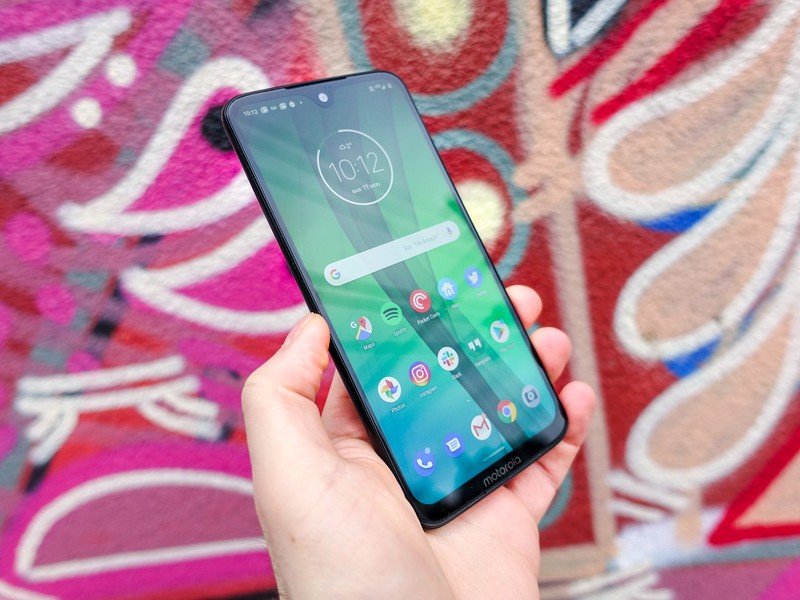
"What can we cut from the G7 to keep it below $300 and maintain decent margins?" That's the question Motorola representatives surely asked when making the decision to lop off NFC from the mainline version of its affordable powerhouse. While some G7 models around the world have it, here in North America the G7 is sans NFC, which means no Google Pay, no Android Beam, or anything that's enabled via the short-range, low-power radio.
And while I don't much care for mobile payments myself, I know a lot of people that do, and its absence may be a make-or-break decision that leads someone to, say, a Nokia 7.1 or an Honor 8X.
I'm also not impressed that the Adreno 506 GPU inside the Snapdragon 632 is the same graphics chip that's been powering the Moto G lineup since 2017's Snapdragon 625. Its anemic performance isn't likely to present itself unless you're dead set on playing heavy-duty games like Fortnite or PUBG, but the reality is that this GPU is dated by today's standards, and will be practically ancient within a couple of years. (Its presence is also one of the main reasons it can keep the Moto G7 at such a low price without sacrificing most other features.)
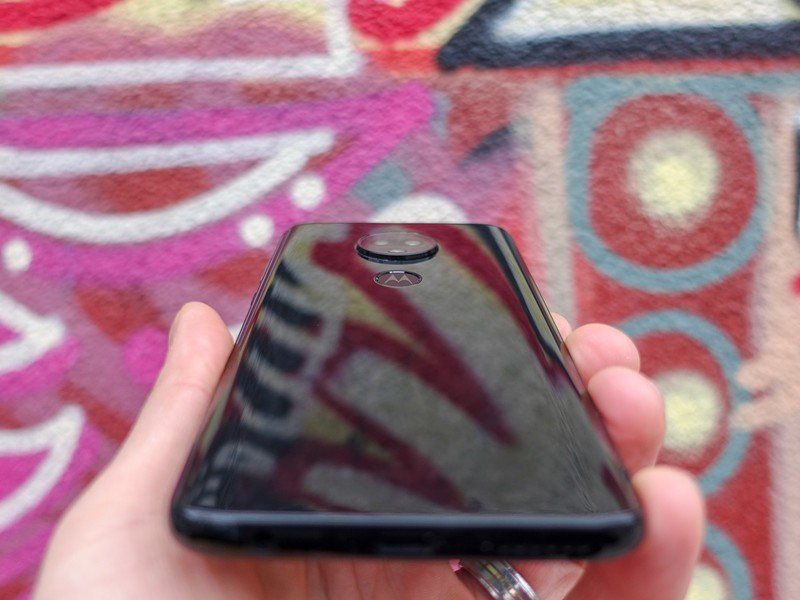
The phone's LTE speeds are also limited by its Snapdragon chip: 300Mbps maximum download speeds, compared to 600Mbps in the G7 Plus's Snapdragon 636, and 2Gbps in this year's flagship S855. And before you throw it in my face that no one experiences speeds even close to 300Mbps on a regular basis — which I admit is true — there are tangible benefits to having a higher ceiling, including greater flexibility around carrier aggregation, and greater overall network efficiency, which could impact battery life.
Most people won't care that the phone peaks at 300Mbps, but they should demand a higher ceiling from their budget phones.
That battery life is a hit-or-miss affair, too. A 3,000mAh cell paired with a pretty efficient processor should net some outstanding uptime, but my results have been nothing more than average. In my week with the phone, I was able to get away once with not charging it before bed, and every other night I had to top it up for a few minutes in the early evening in order to survive the night. While I'd have loved wireless charging — a thrifty man can dream — 15W fast wired charging is a pretty great alternative, especially (again) at this price point.
Finally, Motorola's been frustratingly unreliable with its software updates, dribbling out security patches with infrequency, and platform updates even less so. No handset in its 2018 lineup has received Android 9 Pie in North America yet, and the company only promises one major platform update with each Moto G product — so when the G7 does get Android Q, that's where it will stay.
The competition
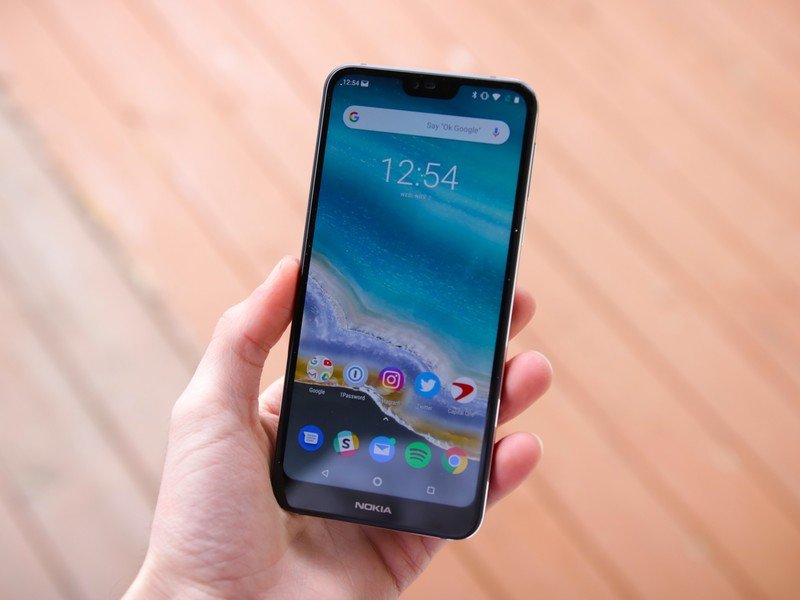
Depending on where you live, the Moto G7 either has a lot of competition or comparatively little. Thanks to robust competition in the sub-$300 space in countries like India, Brazil, Mexico, Russia, and other growing markets, companies like Honor, Xiaomi, ASUS, Vivo, OPPO, and others all have exceptional options at that price. In the U.S., where unlocked phone sales are limited to around 12% of the market, there are far fewer options, since most people still buy their phones through carriers on easier-to-digest payment plans.
If you're not in the U.S., the Moto G7 has some serious competition. In the U.S., though, the G7 is untouchable.
So while much of the world has access to, say, the Redmi Note 7 Pro, Samsung Galaxy A50, ASUS ZenFone Max Pro M2, and others, in the U.S. the sub-$300 market is dominated by two companies: Motorola and Nokia. The G7's closest competitor is the Honor 8X, but that's not officially sold in the U.S. (though it's very easy to buy an international version. The 8X is certainly nicer-looking than the G7, and its Kirin 710 processor has a graphics chip that's more than twice as fast than the Adreno 506, but it's stuck on Micro-USB charging which is a no-go in my books.
Then there's the Nokia 7.1, which is priced at a $50 premium over the Moto G7 but has a more powerful processor, an all-metal build, and NFC. Both phones run very Google-centric builds of Android 9 Pie, but Nokia's phone will almost certainly be updated more frequently, and receive Android Q more quickly, than this Moto. That said, if your carrier is Sprint or Verizon, the G7 is the only phone among these that works on those carriers, so your options are limited.
It's hard to say which to buy — I think Motorola's software additions like Moto Display add considerable value, but some may disagree — but at $299, the G7 is definitely the better deal as long as you can stomach the lack of NFC.
Should you buy the Moto G7? Absolutely
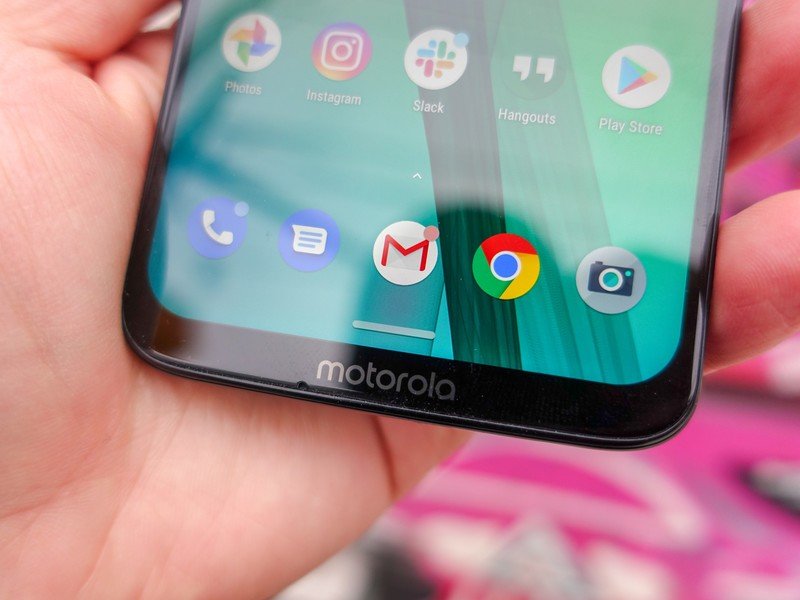
The North American budget market seems overloaded with Moto phones, and the company appears to be battling itself more than any other. Of course, in the U.S. it's competing for a tiny slice of the total pie, and where the company's entrenched, like Brazil, Mexico, and parts of Europe, the G7 Plus is a better buy. But wherever you may live, the Moto G7 is a terrific value product.
In fact, the phone exceeded my expectations in almost every way. Thanks to its big, inviting screen, thoughtful design, ultra-reliable biometrics, and intuitive software, I'm happy to recommend it to anyone; that it's $300 is a bonus. That is, if you can live with software updates that happen infrequently at best.
4 out of 5
With four Moto G7 models on the market it may be hard to pick one. But unless you need the ultra-long battery of the G7 Power, or can't stretch your budget to $300, I'd get the G7.
Daniel Bader was a former Android Central Editor-in-Chief and Executive Editor for iMore and Windows Central.
